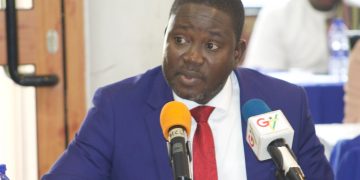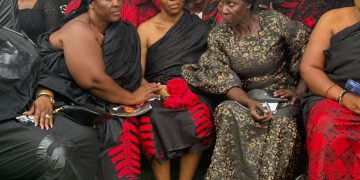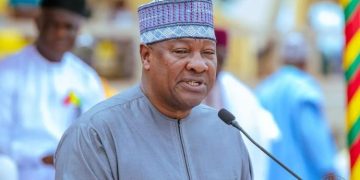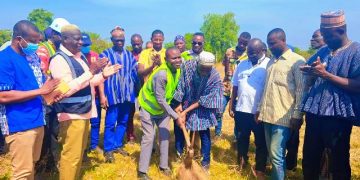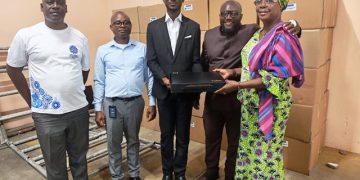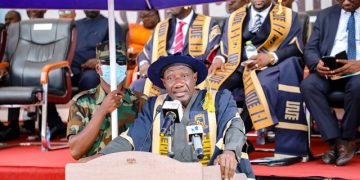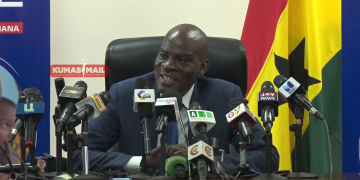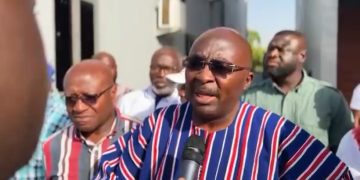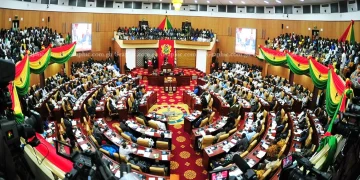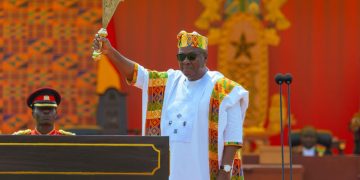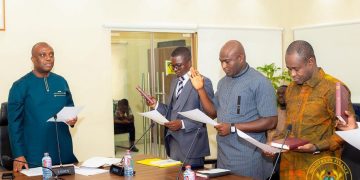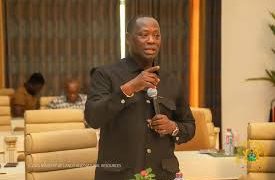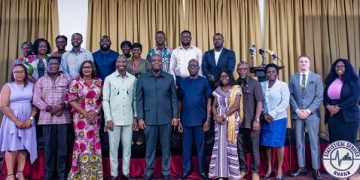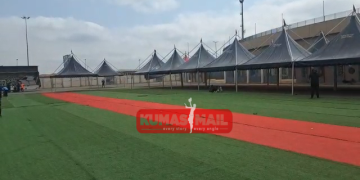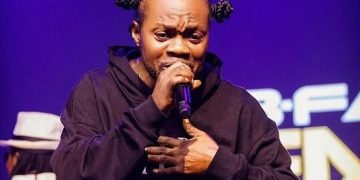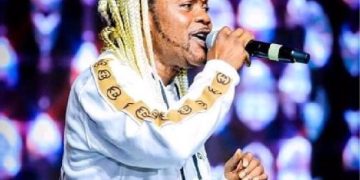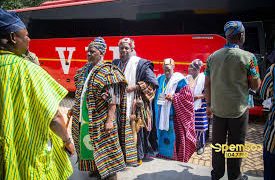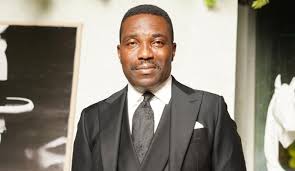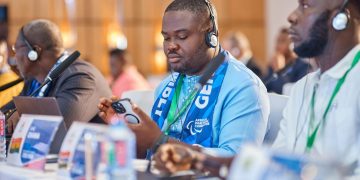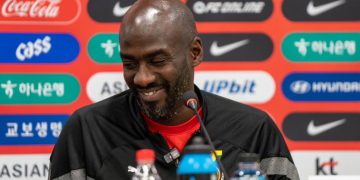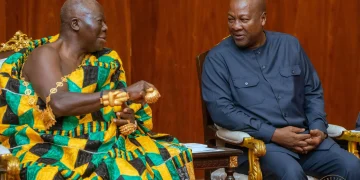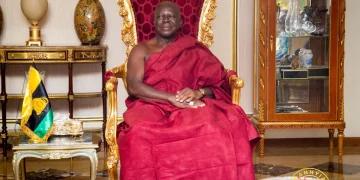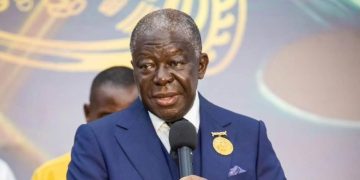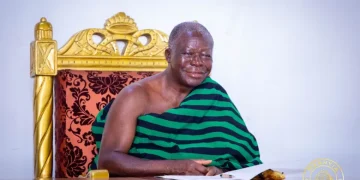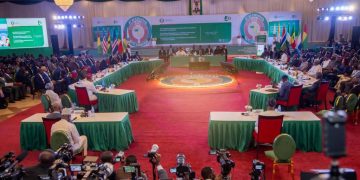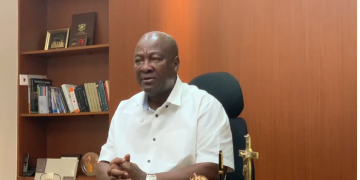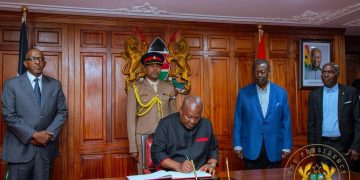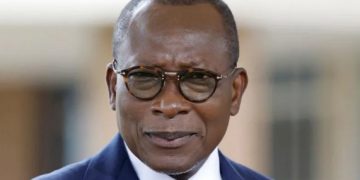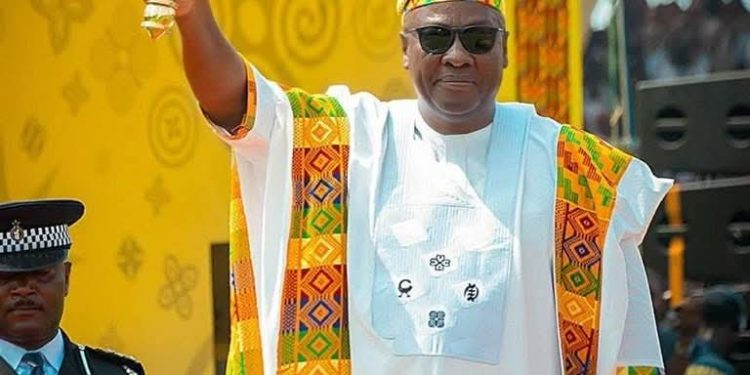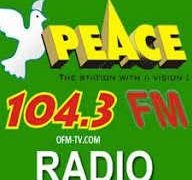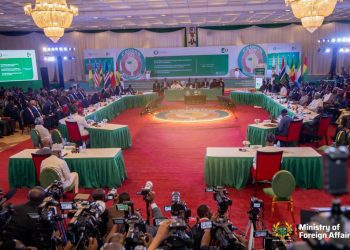In every society where symbolism and cultural pride play focal roles, an outfit transcends mere fashion. It serves as a visual manifesto. Margot Asquith, a British socialite, agrees that ‘symbols are the imaginative signposts of life.’
It was, therefore, heartwarming to read and listen to the interpretations assigned to the outfit of Ghana’s President, His Excellency, John Dramani Mahama, during his inauguration as the 9th president of the 4th Republic.
The increasing awareness of semiotics and semiology as communication tools among Ghanaians is encouraging. The young are gradually appreciating the legacy and heritage of our forefathers in the areas of symbology and design as forms of communication and expression of self.
In a striking display of cultural pride and strategic symbolism, President Mahama captured national attention with his appearance in a traditional fabric with kente intricately woven into a northern smock. However, a distinction should be drawn between Asante Bonwire kente and Ewe Adanudu and Agbozume Kente.
The kente patterns on President Mahama’s attire have been attributed by some commentators to Ashanti kente known as “Emmre pa da w’anim.” In other words, “good times are ahead.” However, that will be a topic for a separate discussion.
This entry focuses principally on the timeless adinkra symbols and their usage by the president in his inaugural outfit: Gye Nyame, Sankofa, Nyame Dua, and Dwennimmen.
Uncontested literature attributes the origin of Adinkra symbols to King Kwadwo Adinkra of Gyaman, or Jaman, who designed and named the symbols after himself. Following his defeat in the 1800s by the Asante’s, the Asante’s adopted the symbols and incorporating them into their cultural expressions. Today, adinkra symbols are national symbols and to a larger extent, global symbols.
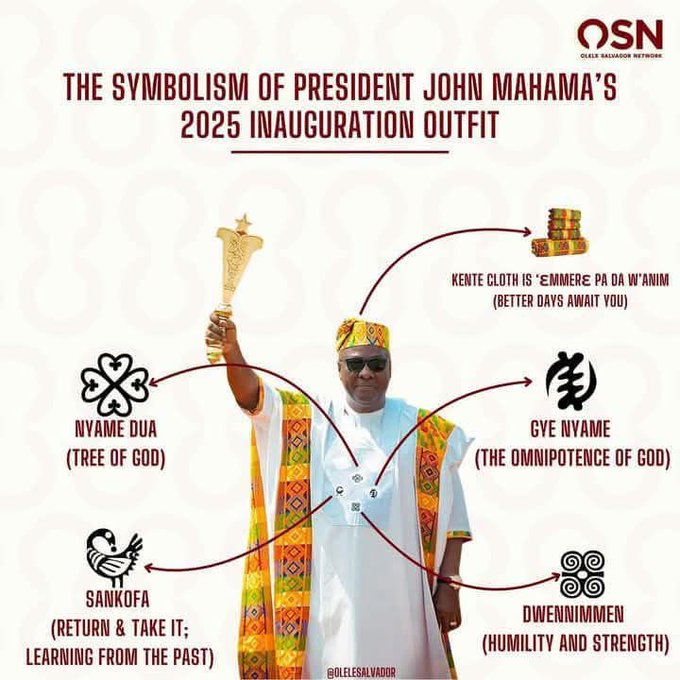
Decoding the Adinkra Symbols
The four Adinkra symbols embedded in Mahama’s outfit conveyed profound messages rooted in Ghanaian tradition, perhaps offering insights into his political outlook:
Gye Nyame represents the omnipotence of God. The symbol underscores faith, divine protection, and guidance. For President Mahama, it signifies reliance on divine wisdom to navigate Ghana’s political turbulence and economic challenges.
Amidst Ghana’s socio-economic struggles, it reminded citizens to trust in higher guidance, especially as the nation seeks solutions to pressing issues such as eminent dumsor, unemployment and inflation. President Mahama used Gye Nyame to adorn his vision with divine reassurance, transforming it into a political language that the masses could understand.
Sankofa is a prominent adinkra symbol that has been embraced by the City Council of Toronto, Canada, to designate Dundas Square as Sankofa Square. The symbol is also found in the African Burial Ground National Monument in the United States of America.
President Mahama’s adoption of this symbol echoes his call for introspection and ‘Reset.’ His campaign promises to revisit abandoned policies and programs, which could still address current economic challenges, reflect this symbol. Sankofa reaffirms his commitment to reset the economy. After all, ‘the past is never dead. It’s not even past’ according to William Faulkner.
Nyame Dua is a sacred symbol of protection, purification, and spiritual connection. Nyame Dua highlights President Mahama’s emphasis on moral governance and ethical leadership. It conveys his intent to restore integrity in public administration and ensure accountability.
This symbol serves as a spiritual foundation for his leadership style, emphasising transparency and ethics in governance to renew public confidence in political institutions.
Dwennimmen (Ram’s Horns) represents humility and strength. Dwennimmen embodies the balance between resilience and respectfulness. This symbol aligns with President Mahama’s message of humility in leadership and his readiness to engage in peaceful dialogue amid political tensions. As political rivalry heats up, the symbol also signifies President Mahama’s commitment to strength without arrogance, demonstrating a willingness to collaborate across political divides. I trust that the foot soldiers of the NDC would draw motivation from that benevolent act.
“Clothing is a form of self-expression, there are hints about who you are in what you wear.” This is a philosophy of the world class designer, Marc Jacobs. The public response to President Mahama’s outfit on the inauguration day has been overwhelmingly positive. Social media discussions have highlighted the resonance of Adinkra symbols as symbolic form of communication. President Mahama’s outfit symbolizes the significance of cultural legacy, the insights of our ancestors, and the enduring mode of expression through symbols, particularly adinkra symbols.
Adinkra symbols will continue to deepen our visual communication and expand semiology as fundamental aspect of visual communication and design.
Thank you, Your Excellency, John Dramani Mahama!
Your bold statement through fashion underscores the growing importance of cultural identity and symbolism in the Ghanaian society.
NB: The writer is a broadcaster and a PhD candidate in Visual Communication.
Source: Kwame Adinkrah, Broadcaster



